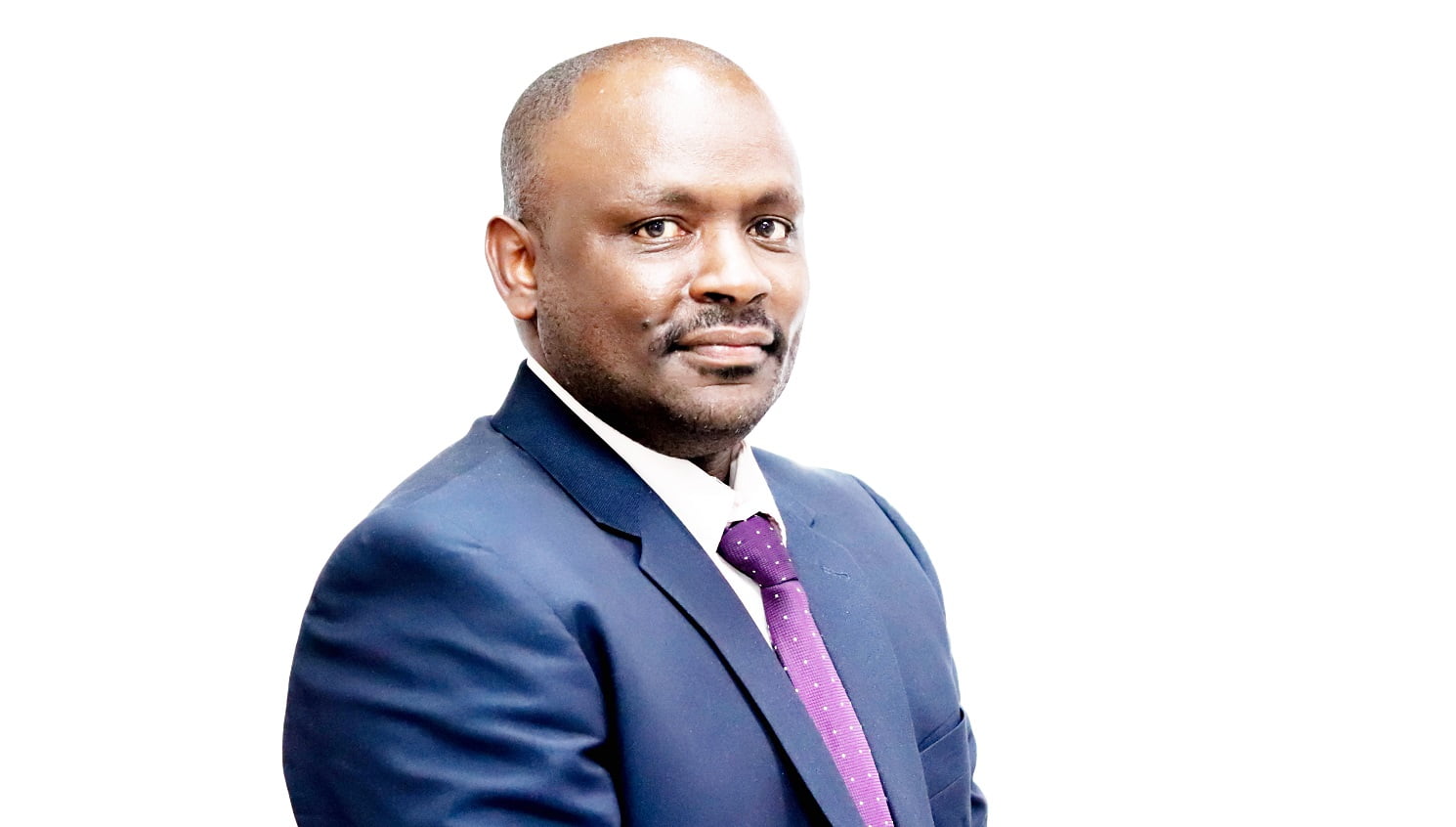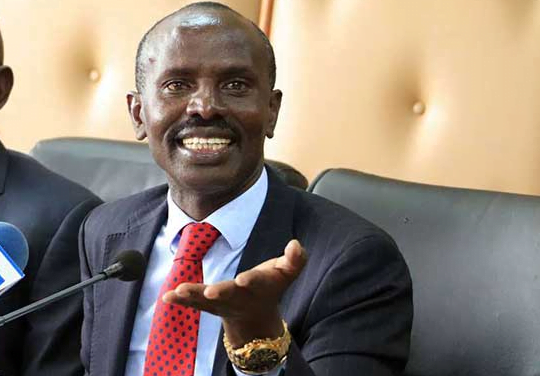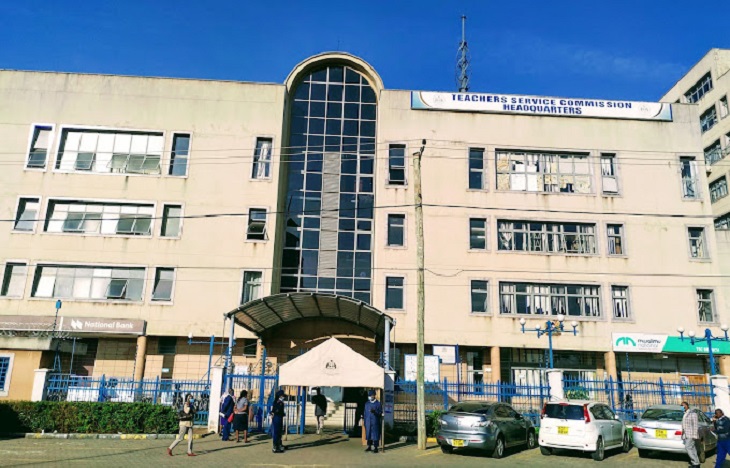By our Reporter
The 2022 Kenya Innovation Outlook (KIO) Report by Kenya National Innovation Agency (KeNIA) has revealed that over the last six years, there has been a low number of graduates (16 per cent) in Science, Technology, Engineering, and Mathematics (STEM) courses, yet Technical Vocational Education and Training (TVET) institutions recorded an increase in enrolment.
The report was launched by President Dr. William Ruto during the 2022 Kenya Innovation Week (KIW), which was held between December 6- 8, 2022 at the Sarit Expo Center, Nairobi.
The report indicated that there is need to support more enrolment of both males and females in STEM courses.
It further noted that the issue of gender imbalance needs to be addressed since only 30 per cent out of the total number of graduates were female.
Speaking during the launch of the report and official opening of 2022 KIW, President Ruto noted that the government will transform the annual KIW into an international innovation festival so as to attract global participants to facilitate exponential enhancement of Kenya’s capacity for transformative innovations.
He added that innovation brings us closer to sustainable goals in line with Vision 2030.
“Through innovations we can reimagine and overhaul our economy into a modern high-tech one serviced by highly skilled citizens who enjoy high quality life,” he said.
He challenged KeNIA to develop policies that will help mobilise resources from various organisations and actors to support innovations in the country.
KeNIA Chief Executive Officer (CEO) Dr. Tonny Omwansa explained that the rationale of the KIO 2022 report was to measure the National Innovation System.
“You cannot measure what you don’t know,” said Dr. Omwansa, adding that for KeNIA to accomplish its mandate of managing the innovation system, the Agency had to find a way to define success and measure progress.
The report revealed that despite the government making deliberate investments in the establishment of TVET institutions to recognize their role in driving practical innovations for economic growth and employment for the increasing number of youths, the institutions face some challenges especially inadequate funding.
According to the report, investments in TVETs are more focused on their establishment but less on their operations, thus challenging the overall objective around practical skill development and job creation.
The report further shows that the expansion of TVETs and universities has resulted in a significant increase in student enrolments since between 2015 and 2021. The TVET sub-sector recorded a significant increase in enrolment of approximately 70 per cent from a total of 142,410 in 2015 to 430,598 students in 2021.
On the contrary, within the same period, enrolment in universities recorded a slight 7 per cent increase which was attributed to decrease in self-sponsored student numbers, the availability of alternatives such as TVETs, the Covid 19 pandemic, and the ongoing reforms in the education sector.
“The country’s enrolment in tertiary institutions is relatively lower compared to the regional and global giants and thus needs improvements. The human capital is also low thus corresponding to the lower enrolment rates and the poor university-industry linkages,” the report added.
High number of researchers in East Africa
In terms of research, the report shows that Kenya has 225 full-time researchers per million inhabitants, the highest within the East African Community (EAC).
However, the number is reported to be still dismal by global standards in innovation related to research and development, with the report stating that there is need for more researchers to dedicate their time and expertise in strengthening the governance structure in the innovation sector.
The report also showed that there has been a modest increase in research activities and associated outputs since, according to the economic survey of 2021, 781 doctoral and post-doctoral researchers were granted license in the 2016/2017 academic year.
The number rose to 1,129 in the 2018/2019 and 1,046 in 2019/2020 academic years.
According to the report, the number of research licence applications to National Commission for Science, Technology and Innovation (NACOSTI) declined by 1.5 per cent from 6,077 in 2019/20 to 5,985 in 2020/21, while the total number of licences granted decreased from 6,112 in 2019/20 to 5,153 in 2020/21.
The decline is attributable to the Covid-19 pandemic that affected businesses and academic and research institutions.
As at 2021, there were a total of 21 research institutions in the country – 11 public and 10 private.






